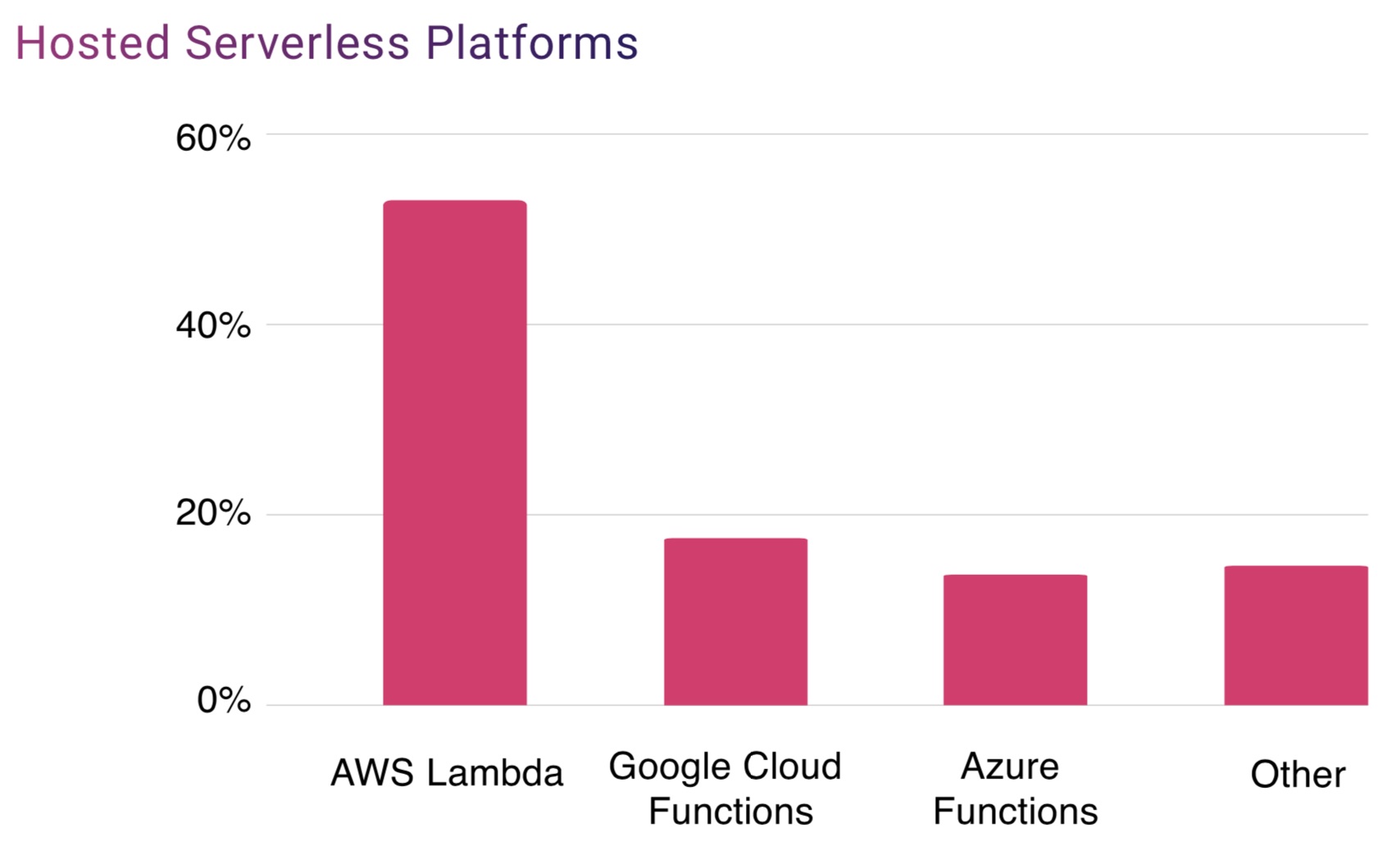(圖說:分類用的儲存盒。圖片來源。)
今天很開心能參與 SDN x Cloud Native Meetup #27(由 Software Defined Network Develop Society TW 與 Cloud Native Taiwan User Group 兩個社群合辦)線上分享 2019 CNCF Survey 的內容。
內容大綱
投影片
- HTML 版本:瀏覽。
- PDF 版本:下載、SpeakerDeck。
- 活動錄影:觀看
摘要
這裡僅是簡單摘要,完整內容請參閱報告原文、或 SDN x Cloud Native Meetup #27 活動錄影 內容討論。
Key Takeaways
- Survey Methodology: Scope v.s Industry
- (
Release cycles)+++ v.s (Check in code)- - (
Use of containers in prod)+++ - (
Cultural changes)++ - Serverless
Using/planning to use: 70%Hosted:Installable= 80% : 20%
- Kubernetes
Helm: ~70% (Packaging)Not use tracing: 23%
時間軸
這份調查報告是 CNCF (Cloud Native Computing Foundation),
- 於 2019 九月至十月之間,進行調查與回收問卷。
- 總共回收 1,337 份問卷。
- 2020 年三月四日,發布調查結果報告。
調查取樣
- The majority of respondents (71%) were from organizations with at least 100 employees, the largest portion of these coming from enterprises with more than 5,000 employees (30%).
- 調查取樣偏向中大型企業。
- Two-thirds of the respondents were in the software and technology industry, with the remainder coming from other professional service industries.
- 前六大受訪產業:軟體、科技、金融服務、顧問諮詢、電信通訊、容器雲端相關。超過 60% 受訪者。
- 調查結果與亞洲、傳統產業、地端現況有差距。亞洲區受訪者佔這個調查的 17%。
大分類
- Application Development & Delivery
- Containers
- Cloud Native Tools
- CNCF Technologies
- Kubernetes
Application Development & Delivery
- Release cycles continue to accelerate.
- Those with daily release cycles increased from 15% in 2018 to 27%, and weekly release cycles have increased 20% to 28%.
- Comparing the data from 2019 and 2018, respondents are checking in code less frequently.
- Vendor lock-in strategy
- 可能因企業規模、時程、應用場景而有所不同?
- Enterprise
- SME
- Start-up
Containers
- Most notably, the use of containers in production increased significantly.
- This year, 84% of respondents are using containers in production, an impressive jump from 73% in 2018, and from 23% in our first survey in 2016.
Hint: Ref to SMR (4/5) Industry.
- According to CNCF’s Cloud Native Landscape, there are more than 109 tools to manage containers, but 89% are using different forms of Kubernetes.
Hint: Ref to SMR (4/5) Industry.
- Cultural challenges with the development team remain the top challenge in using/deploying containers (43%).
- 導入與實作期間最大挑戰:文化改變。
Cloud Native Tools
- While use in production is still rather low with 18% of those who responded indicating they use a service mesh project, 47% are evaluating the use of a service mesh.
- Service Mesh:
- Istio (69%) and Linkerd (64%) were the top two tools being evaluated, suggesting they will see significant increases in use in production in coming years.
- Storage:
- Top-3 are public cloud storage projects.
- Serverless:
- 60%~70% 受訪者,正在使用 (40%~50%) 或是打算使用 (20%) Serverless。
- Of those who are using serverless, 80% use a hosted platform and 20% use installable software.
- Of the hosted platforms in use, the top tool is AWS Lambda (53%). Google Cloud Functions (18%) and Azure Functions (14%) are a distant second and third.

(圖說:Serverless 導入情況。)

(圖說:已導入 Serverless 並選用代管 Serverless 平台的分佈。)
CNCF Technologies
- 99% of respondents indicated they are using or evaluating at least one graduated or incubating CNCF technology in production.
- Prometheus and CoreDNS also saw considerable jumps in use in production.
- For incubating projects, Helm saw the largest increase since last year, growing 41% to reach 69% usage in production. etcd was the most widely used, with 83% use in production.
Kubernetes
- Of those using Kubernetes, most respondents have 2-5 clusters in production (43%).
- Helm remains the most popular tool for packaging Kubernetes applications.
- the majority (70%) of respondents plan to autoscale their stateless applications, followed by 40% for task/queue processing applications, and 34% of stateful applications.
- Of those who are not using Kubernetes autoscaling capabilities, 35% do not want to autoscale any works at this time, and 12% are using a third-party solution.
- Namespaces are the most popular way to separate Kubernetes applications for all respondents, including those with multiple teams.
- 23% report that they do not use tracing, compared with just over 3% for both monitoring and logging.
- 這邊剛好呼應的前一位講者 Jace Liang 分享的題目
Introduction of eBPF - 時下最夯的Linux Technology。
- 這邊剛好呼應的前一位講者 Jace Liang 分享的題目
- Minikube (39%) and Docker Kubernetes (32%) are the most popular Kubernetes environments during local container development.
後記
這次首次嘗試使用 Marp for VS Code 製作簡報投影片,這次投影片的 Markdown 原始檔案可以參考。
主要使用 Markdown 語法,加上一些 Marp 預設自定義的參數語法,限制頗多,特別是一開始我想嘗試只使用預設值狀態下,但相對帶來的優點也是有(對我來說),例如:
- Markdown 文字輸入後,圖片就對齊完畢,不用動滑鼠調整位置。
- 在投影片 Markdown 與文章 Markdown 之間複製貼上,簡單、粗暴、快速。
- VS Code 可以快速預覽圖片,方便選擇。(不用動滑鼠)
之後再另篇記錄。
另外也歡迎大家到 AWS User Group Taiwan 逛逛聊聊 :)
備忘
- Meetup #27: ~50 Attendees.
- Youtube video: 87 views. (updated by 2020-0421)
